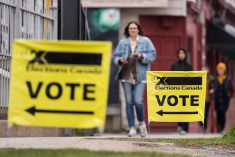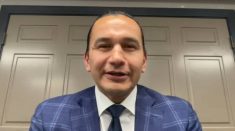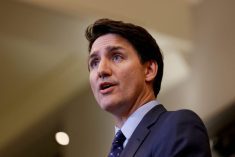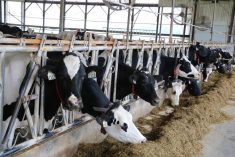Not only does rural Canada suffer from doctor shortages, it also has to contend with a medical system that doesn’t fully understand the challenges farmers face, says medical student Wilf Stymiest.
Both those shortcomings could be addressed if governments encouraged more rural students into careers in medicine and health, he said in an interview. He was in Ottawa as part of a lobby by the Canadian Federation of Medical Students to raise awareness of the barriers to delivering medical services in rural and remote areas.
A native of Miramichi, New Brunswick, Stymiest is enrolled in the Dalhousie University Medical School in Halifax, but doing much of his training in his home province. His goal is to work in a rural practice after he graduates.
Read Also

Mazergroup’s Bob Mazer dies
Mazergroup’s Bob Mazer, who helped grow his family’s company into a string of farm equipment dealerships and the main dealer for New Holland machinery in Saskatchewan and Manitoba, died July 6 from cancer.
“Currently, 22 per cent of Canadians live in rural areas, but only 17 per cent of the doctors are there,” he says. That gap will widen in the coming years unless changes are made. “That makes it harder to access family doctors or get referrals to specialists. Also, doctors need to understand the issues farmers face dealing with pesticides and hazardous materials.”
Farmers and other rural dwellers also find it harder to make the time to visit a doctor’s office “because of the time pressures of their employment,” he adds.
One significant barrier for rural students interested in a medical career is the cost of a university education, he said. The government has addressed this in part with its announcement last March that it will forgive a portion of Canada Student Loans for new family physicians working in rural and remote communities.
“The government could make this program a lot more effective,” he says. It needs to realize that students with a rural background are more likely to return there when they’re ready to begin practising.
The federation says graduates must begin to pay off their loans during medical residency training, before they are eligible for the loan forgiveness. “We are requesting that the government defer repayment of these loans until the completion of medical residency training. This would more effectively attract new medical graduates to rural and remote communities and better serve the needs of Canadians.”
The CFMS is also calling upon the federal government to allocate funds for the establishment of mentorship programs that attract rural students to medical school. Mentorship programs in the United States and Australia have been highly successful in recruiting rural students to careers in medicine.
“These are simple, sensible strategies for improving health-care access to those for whom it is least available,” says Matthew Tenenbaum, vice-president of communications. “It is important to ensure that the principle of accessible health care is realized everywhere in this country.”
CFMS represents more than 7,500 medical students at 14 medical schools across Canada.

















